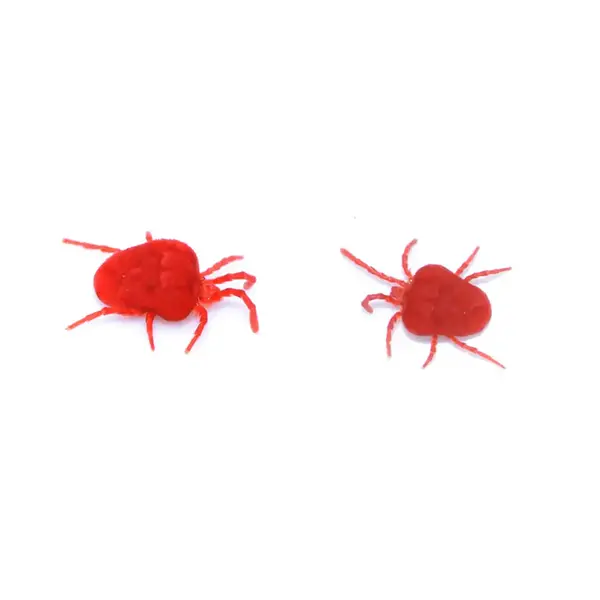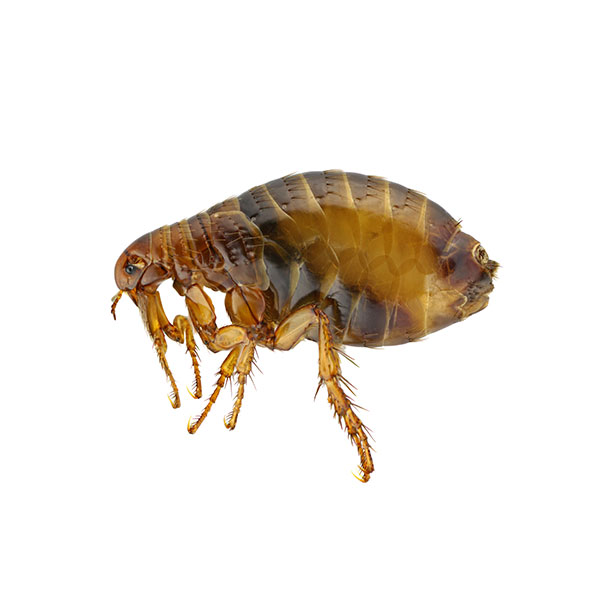Description
Clover mites are very tiny in size; adults only grow to be about the size of a pinhead. Clover mites have an oval body, are wingless, and have four pairs of legs; using magnification, you can see that their front legs are much bigger than the rest of the legs. Clover mites are usually red; however, they may be more greenish or brown depending on the specific species.
Biology and Behavior
- Clover mites reproduce parthenogenetically; this means that the females do not need males to reproduce.
- Clover mites complete four stages throughout their life: egg, larva, nymph, and adult.
- Females can lay up to 70 eggs at a time.
- The female clover mite lays her eggs throughout the spring, summer, and fall seasons.
- Clover mites can overwinter in both the egg and adult stages.
- When the weather warms above freezing in the spring, the overwintering eggs hatch and develop into new, mature adults.
- Clover mites are plant feeders, and as their name suggests, they love to feed on clover; but they will happily feed on grasses and weeds.
- Clover mites are not dangerous to people or pets.
- Clover mites can become a considerable annoyance inside homes and other buildings because they invade in large numbers.
- Clover mites can cause damages to property; as they crawl throughout your home or business, they are often accidentally crushed and leave behind red stains. The stains can damage upholstered furniture, curtains, clothing, carpets, and like items.
Clover Mite Prevention Tips
- Inspect the exterior walls of your home or other property, sealing any very large or small cracks or crevices found.
- Caulk gaps found around windows and doors.
- Install door sweeps underneath all exterior doors.
- Fill in spaces found around utility lines and pipes that are entering your property.
- Create an 18-20 inch stone barrier between your home’s or business’s foundation and any grass or weeds that may be present.

